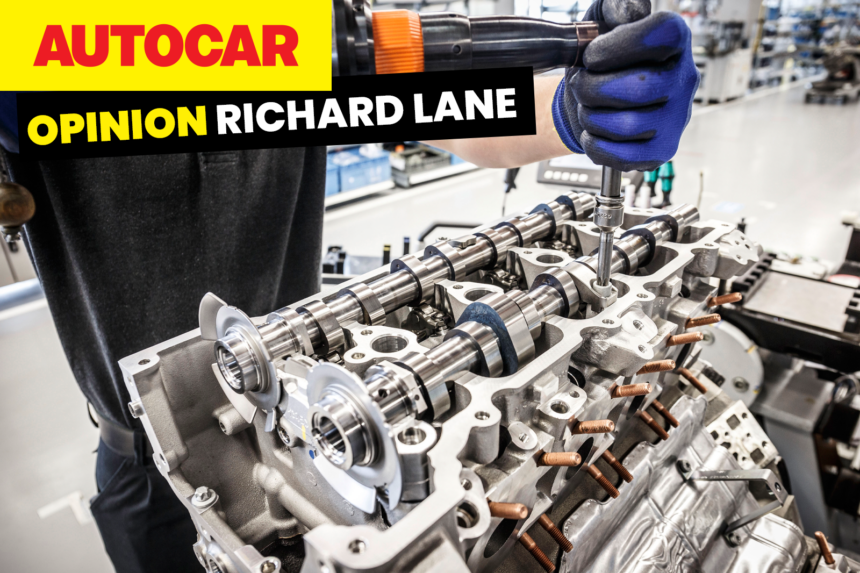Revisiting the U-Turn in Automotive Innovation
Upon reflection, it seems that the BMW i8 may have been ahead of its time, with its futuristic design and innovative technology. However, some argue that it could have been even more successful with a more powerful engine, such as a high-revving six-cylinder.
Recently, AMG has made a bold decision to make a U-turn in their approach to technology. Sometimes, manufacturers introduce new technologies that don’t resonate with their loyal customer base, leading to a shift in strategy.
One notable example is Porsche’s decision to make the 911 GT3 PDK-only, which sparked controversy among enthusiasts. While the PDK transmission offered impressive performance, many purists missed the thrill of manual shifting. In response to the backlash, Porsche reintroduced the manual option for the GT3.
Despite initial doubts, the manual GT3 has proven to be popular among buyers, demonstrating the importance of listening to customer feedback. A similar pattern is expected with the upcoming V8-engined C63 and CLE models from AMG.
While disruptive technologies can sometimes be successful, they also carry risks. However, innovations such as four-wheel drive for the M3 and turbocharging the 911 Carrera have been well-received by enthusiasts. It’s a fine balance between pushing boundaries and meeting customer expectations.
Looking ahead, the automotive industry continues to evolve, with companies like Lotus and Bentley reconsidering their plans for future models. The shift towards hybrid and electric powertrains reflects a changing landscape in the pursuit of sustainability and performance.







